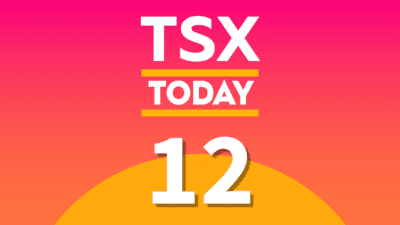Passive-income strategies have relied on the 4% rule for decades. The theory states that if you invest the majority of your wealth in the stock market, you can sell 4% of your portfolio every year and never run out of money. However, this year the creator of the 4% rule said the amount had changed.
If you’re saving and investing with the goal of passive income in mind, here’s what you need to know about this golden rule of personal finance and its recent update.
4% rule for passive income
Bill Bengen, a financial adviser in southern California, created the “4% rule” in 1994. However, he called this rule-of-thumb the “Safemax” level, which probably indicates his intention better.
Bengen went back and analyzed stock market returns over the past century to see how much the stock market would return on average every year. He found that the (American) stock market delivered 7% on average every year and returns could be as high as 13%.
At this point, Bengen figured out that an investor could safely withdraw 4%, even if they invested in the worst possible year and held long term. In other words, any investor can pull 4% of their savings out every year and never run out of money, even in the worst-case scenario.
The new rule
However, Bengen’s calculations also account for inflation — or the loss of buying power over time. Back in the 90s, inflation was much higher than it is today. Canadians, for example, are expecting inflation of just 1.6% in 2021.
Lower inflation means investors can “safely” pull out more than the 4% rule. This is why Bengen has now updated his rule to 5%. That’s good news for investors seeking passive income.
Invest for passive income
The newly updated 5% rule means investors can now save less and still achieve the passive income they need. For example, if you believe you need $70,000 a year in passive income, you need to accumulate $1.75 million in savings under the 4% rule, but only $1.4 million under the new 5% rule.
Put simply, lower inflation and a more robust stock market makes achieving passive income easier.
Picking the right stock
Your ideal passive-income stock depends on your wealth. If you already have more than $1.4 million (congratulations), you can focus on robust dividend stocks that pay more than the 5% rule. BCE (TSX:BCE)(NYSE:BCE) pays a 6% dividend yield at the moment.
You can collect 5% of that annual dividend and reinvest the rest 1% to sustain your passive income over time. Since BCE’s business model of selling wireless data isn’t likely to be disrupted for decades, you can safely assume you’ll be earning passive income for the rest of your life.
However, if you’re not a millionaire and want to accumulate capital, growth stocks could be better. Constellation Software (TSX:CSU), for instance, has delivered a 30-fold return since 2010. That means the stock price has appreciated by 40.9% compounded every year for the past decade.
You can invest any amount of capital into Constellation today, sell 5% a year, and still be confident of becoming wealthier over time. If the company can sustain this growth rate for another 10 years or more, it could create many more millionaires. If you’re lucky enough to be one of them, you could secure your passive-income stream forever.







